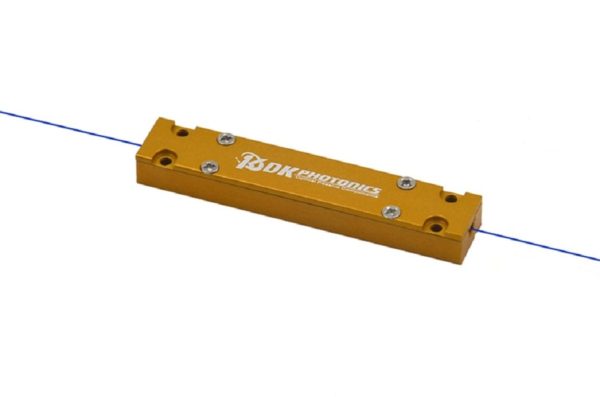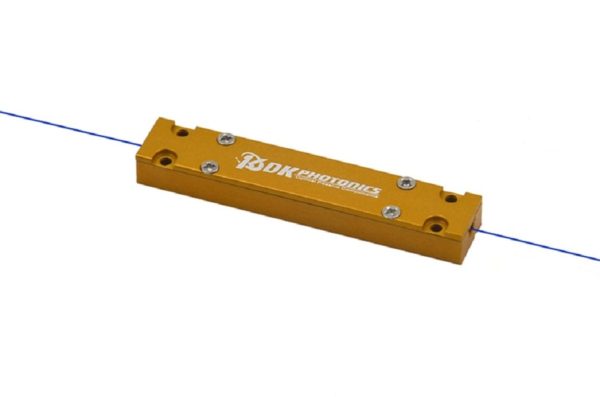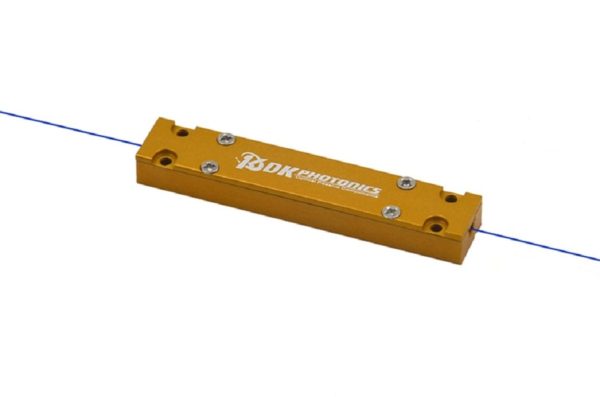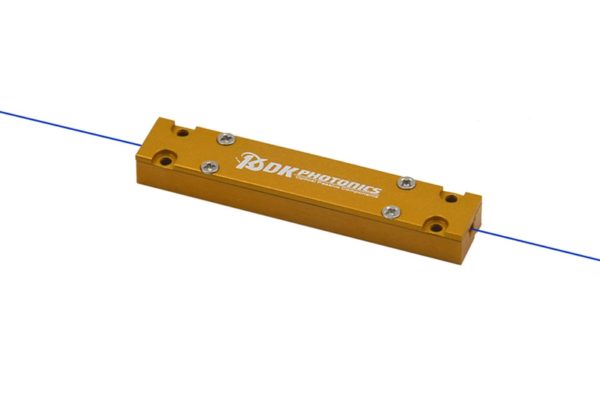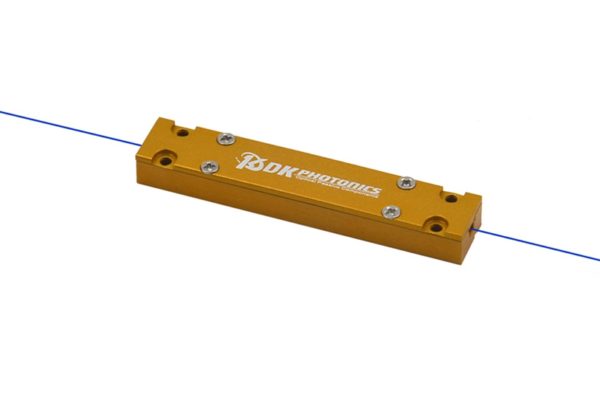Cladding Power Strippers are one of the most important optics components that help improve the functioning of high-power fiber lasers and amplifiers. These components allow you to manage optical powers in high-power fiber lasers and other optical devices. By stripping power, they ensure that the heat generated during functioning is safely released and prevent any damage to sensitive components.
Functionality of Cladding Power Strippers
In fiber laser systems, pump energy is absorbed within the doped fiber, converting into signal energy. However, not all pump energy is fully absorbed, leading to residual energy in the outer cladding. This residual energy can be detrimental to downstream components. The primary function of a Cladding Power Stripper is to remove this residual energy, thus protecting the integrity of the amplified signal.
Customization and Compatibility of Cladding Power Strippers
Cladding Power Strippers are available in various configurations to accommodate different types of fibers and power requirements. They can handle cladding powers of up to 500W. Additionally, custom CPS solutions can be designed to meet specific requirements, such as different fiber types, wavelengths, and power handling capacities.
Key Features of Cladding Power Strippers
- Low Insertion Loss: Minimizes signal degradation during operation.
- High Power Handling: Capable of managing substantial optical powers.
- High Power Absorption: Efficiently absorbs excess energy to prevent damage.
- PM and Non-PM Availability: Compatible with both polarization-maintaining and non-polarization-maintaining fibers.
- Customizable Fiber: Tailored to specific fiber types and requirements.
- High Reliability: Built to withstand demanding operational conditions.
- Excellent Temperature Stability: Maintains performance across varying environmental conditions.
Applications of Cladding Power Strippers
Cladding Power Strippers find applications in various industries and fields, including:
- Fiber Amplifiers and Laser Systems: Enhancing performance and reliability.
- Cladding-Mode-Free High Power Beam Delivery: Ensuring precise power delivery without interference.
- ASE Stripping: Mitigating amplified spontaneous emission for cleaner signals.
- Industrial, Biomedical, Telecom, Metrology: Supporting advancements in diverse sectors.
- Life Science, Imaging, Quantum Optics: Facilitating research and innovation in cutting-edge technologies.
The Future of Cladding Power Strippers
Here are some emerging trends and potential developments in cladding power strippers:
- Enhanced Power Handling: With the growing demand for higher power outputs in various applications, there is a need for CPS solutions capable of handling even greater optical powers.
- Advanced Materials and Designs: Continued research and development efforts are focused on exploring new materials and innovative designs to improve the performance and efficiency of Cladding Power Strippers.
- Integration with Smart Systems: Integration of CPS with smart monitoring and control systems can enable real-time optimization and proactive maintenance, further enhancing the reliability and performance of fiber optics systems.
- Expanding Applications: As new applications for fiber optics technology emerge in areas such as quantum computing, autonomous vehicles, and renewable energy, Cladding Power Strippers will continue to play a crucial role in enabling these advancements.
Cladding Power Strippers are essential components in high-power fiber optics systems. Their ability to manage optical powers effectively and protect sensitive components makes them great for various applications. With customizable solutions and robust features, cladding power strippers help enhance the efficiency and reliability of fiber optics technology.


